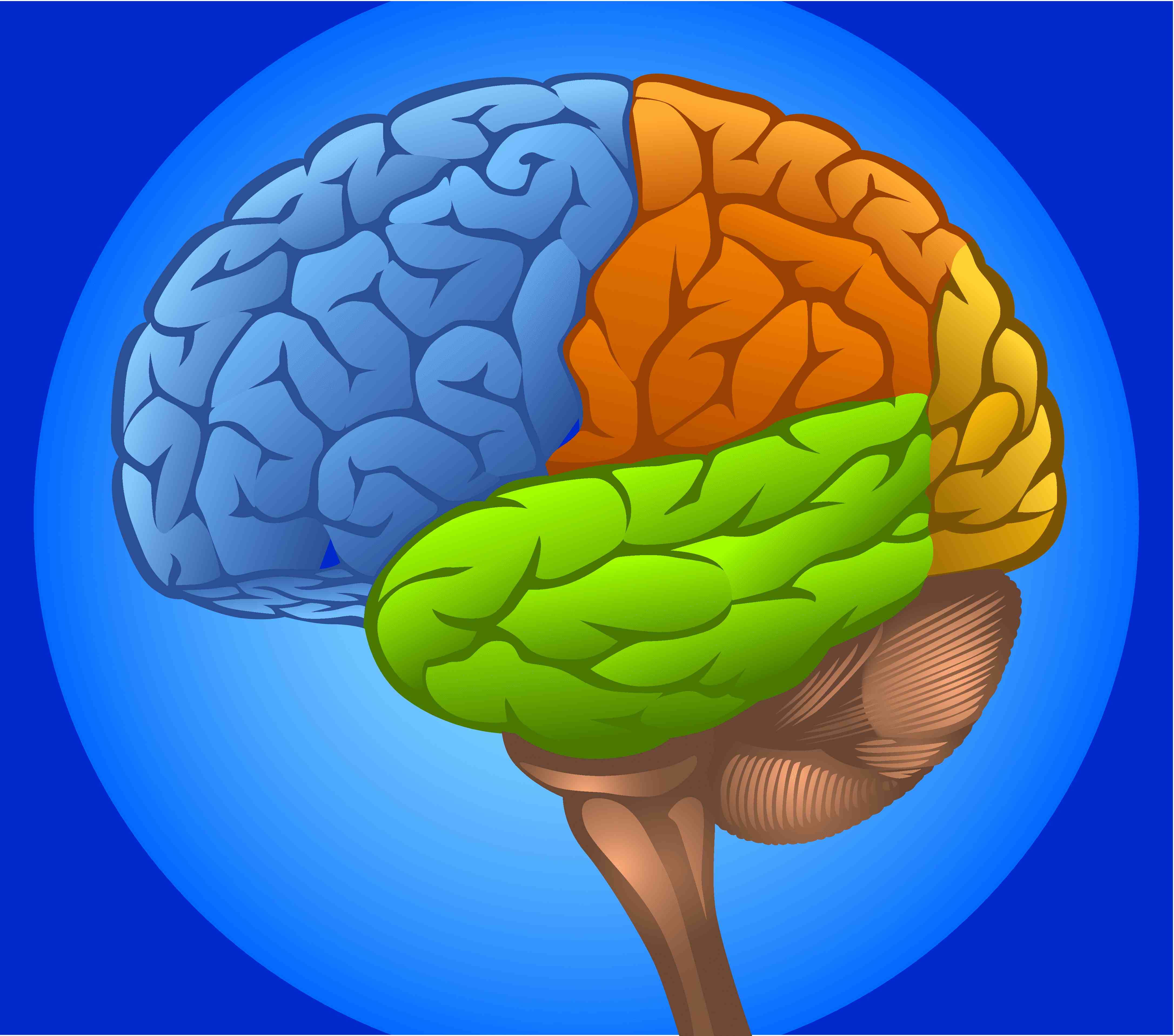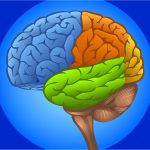AdviceAdvice for TeachersDevelopmental ResourcesParenting AdviceUncategorized
Brains can keep growing

Your brain is an amazing structure. Consider this: your brain has over a billion neurons and all these neurons are connected by trillions of connections (called synapses). We used to think brain function deteriorated with age like physical activity does. With advances in technology to study the brain – like MRI scanners – neuroscientists have discovered that brains can create new neural connections throughout a person’s life. This process is called neuroplasticity, or neurogenesis. This is an astounding finding because it means we all have the capacity to change our brains. Neuroplasticity makes it possible to do this. Dr. Dan Siegel, a renowned neuroscientist and best selling author, suggests the following seven practices to enhance brain growth. 
- Physical time. Aerobic exercise increases BDNF (brain-derived neurotrophic factor). When BDNF gets released it’s like fertiliser for the brain. Brains love it because it promotes the growth of new neurons and new neural connections. Get moving for brain growth!
- Focus time. When we intentionally focus on something, and discipline our mind to pay attention, the brain fires up in good ways. Distractions and foggy thinking are bad for neuroplasticity.
- Time in. This describes the reflective activity of bringing to consciousness our inner thoughts and feelings. As we reflect the brain integrates our experiences into a collective whole that helps make sense of our experiences.
- Sleep time. Brains need rest and down time. When we are asleep our brains ‘connect the dots’ of our days experience and it provides time for repair.
- Down time. Minds also need time when they are allowed to wander. Doing nothing time, without any specific purpose or gaol in mind, is good brain food.
- Play time. Creative fun releases powerful positive hormones into our brain system. Try rough and tumble play with your child and see the delight on their face! That’s their brain speaking of how much it loves play time!
- Connected time. Brains love social connections. In fact, some scientists have called the brain the ‘social brain’ because of its need of social interaction to optimally develop. Attachment and intimate interactions create strong neural pathways.
Check out our awesome attachment tutorial to help you build and strengthen those vital relationships with your child:
A great brain website, with brain enhancing games for adults and older children can be found at www.luminosity.com
References:
Cozolino, L. (2006). The Neuroscience of Human Relations. New York: W.W. Norton & Company.
Panksepp, J. (2005). Affective Neuroscience. New York: Oxford University Press.
Siegel, D.J. (2007). The Mindful Brain. New York: W.W. Norton & Company.
Siegel, D.J. (2010). Mindfulness. New York: Batam Books.



